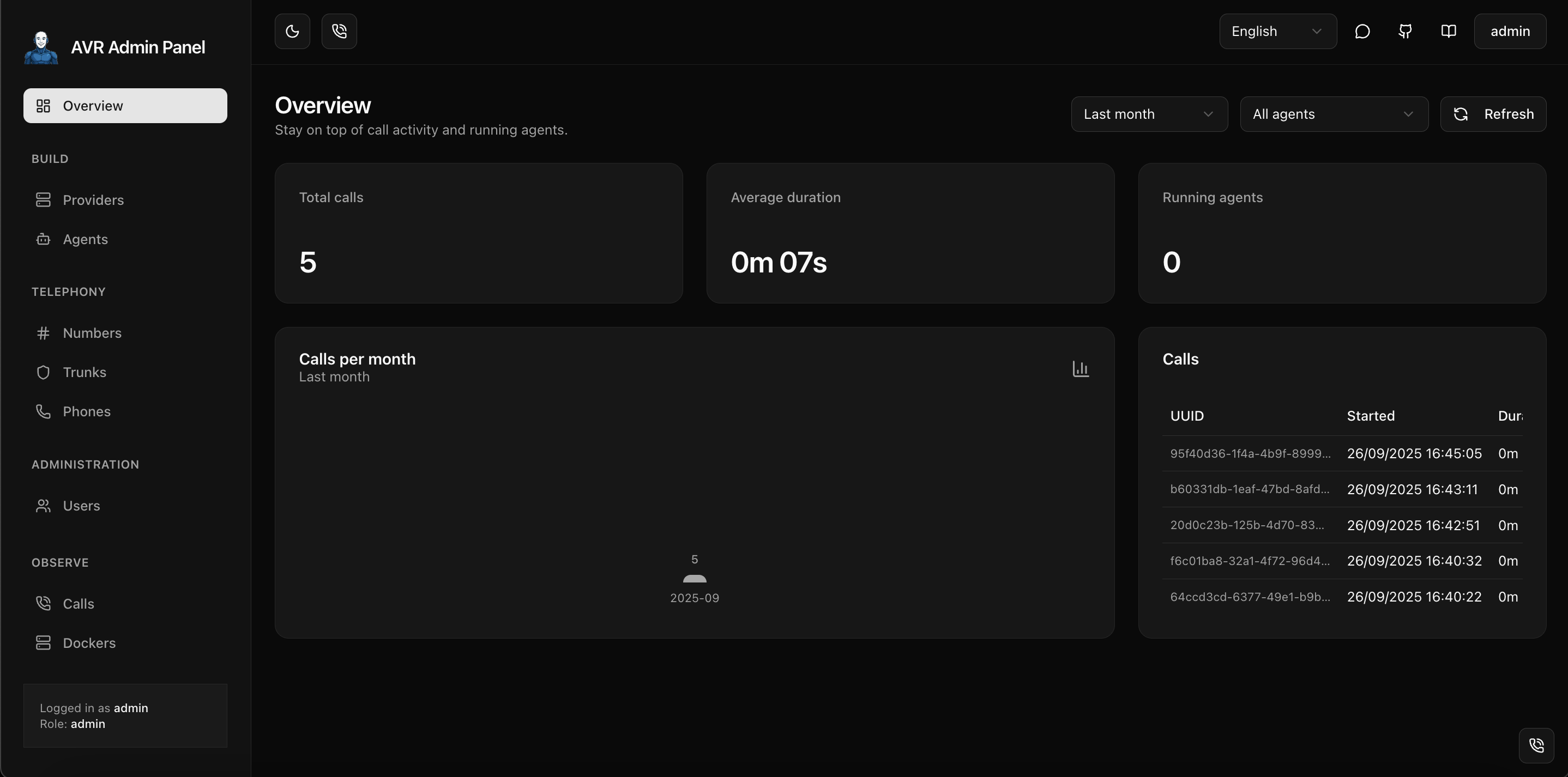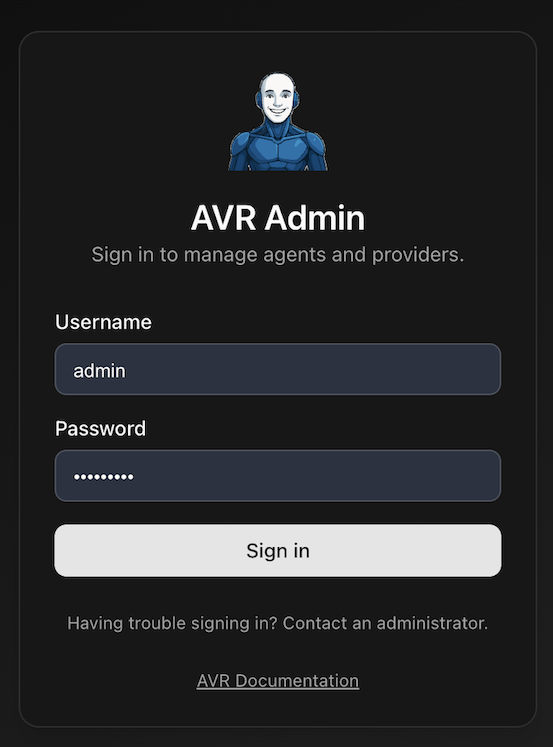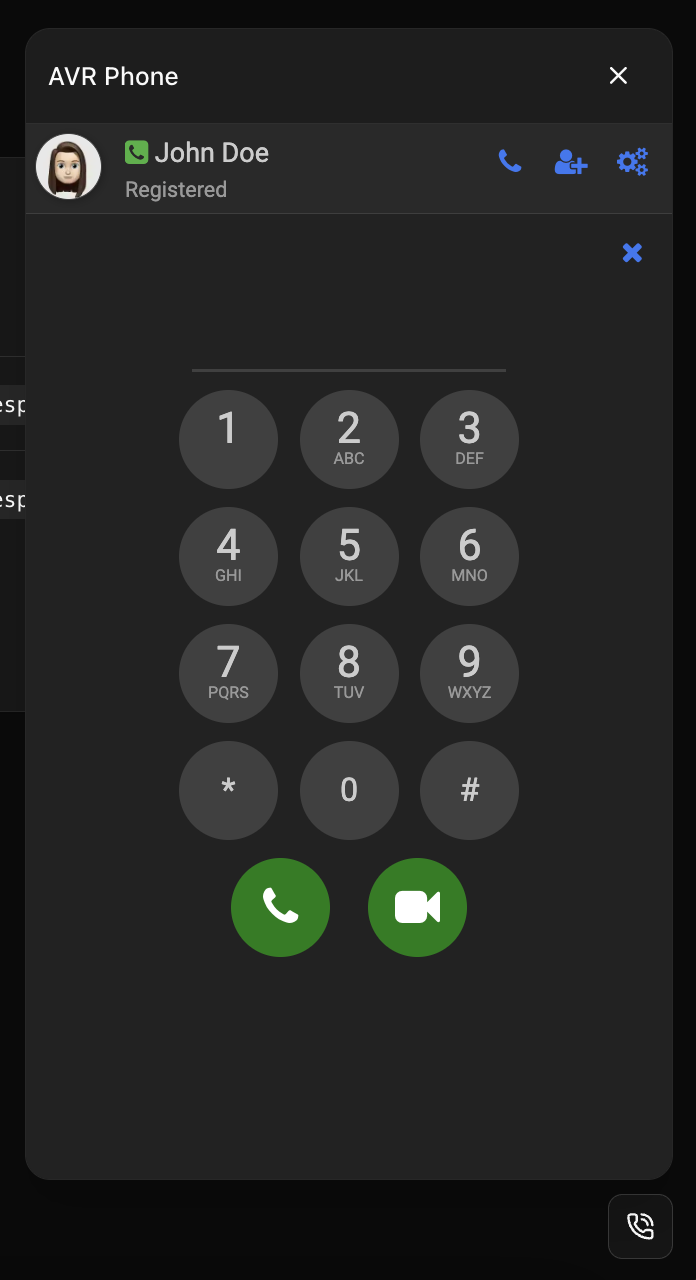Build Real-Time Voice AI Agents with Asterisk Integration
Agent Voice Response (AVR) is the ultimate conversational AI platform for Asterisk PBX systems. Experience ultra-low latency speech-to-speech, advanced Voice Activity Detection, and intelligent noise suppression. Choose between cloud and local AI providers based on your needs. Perfect for FreePBX, Asterisk-based contact centers, and enterprise telephony solutions.




